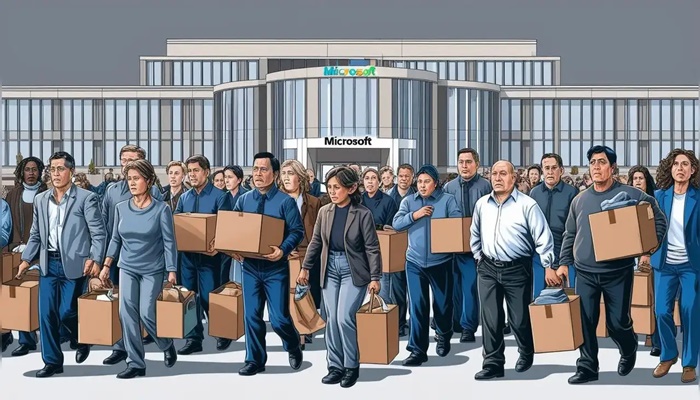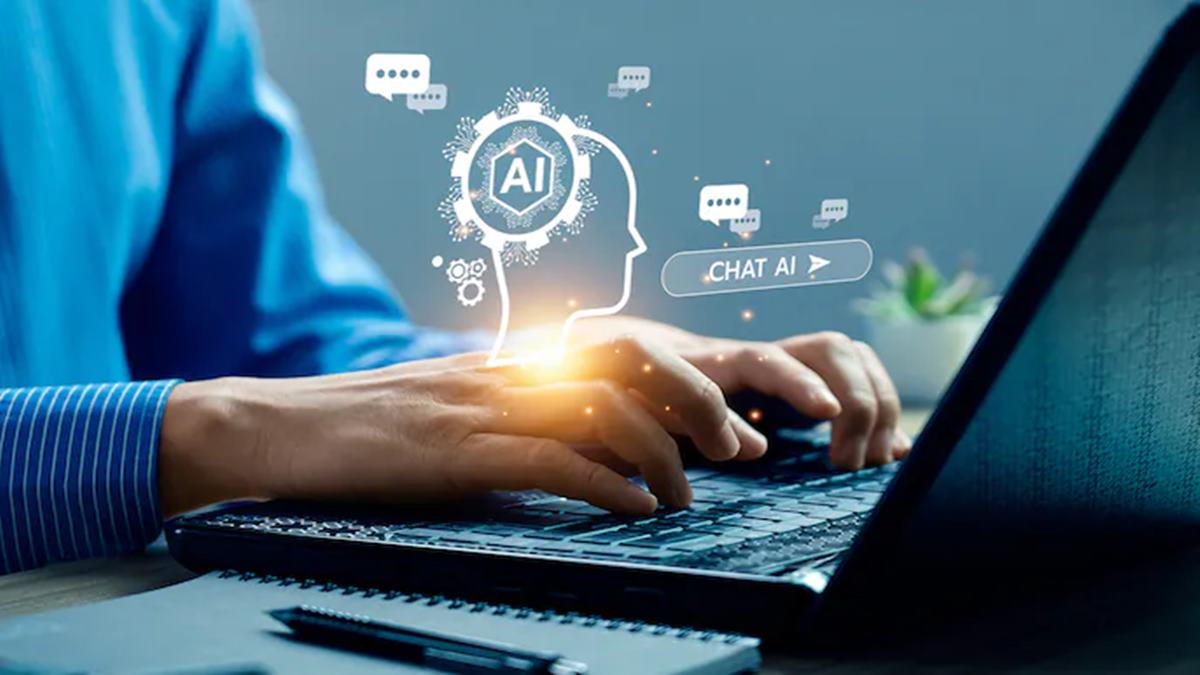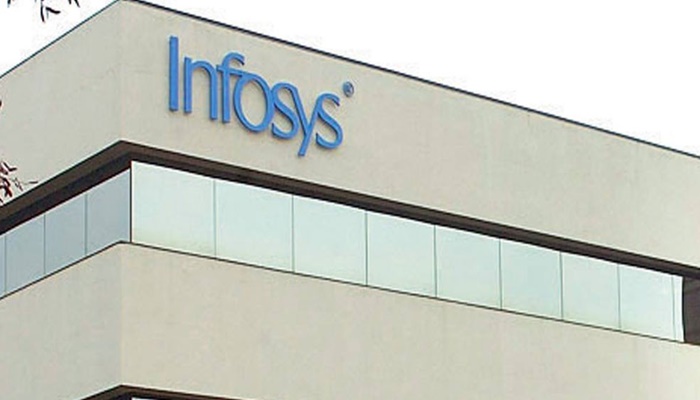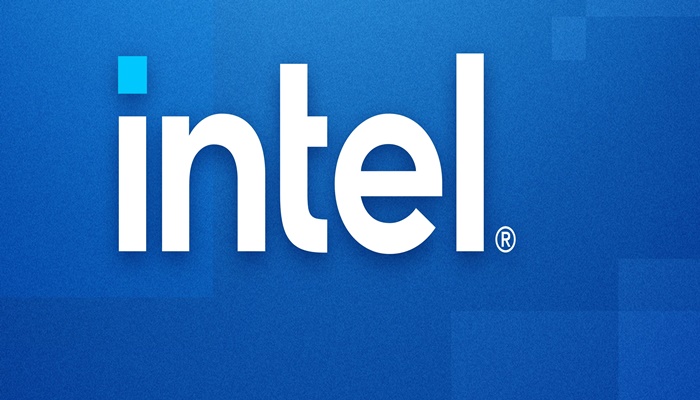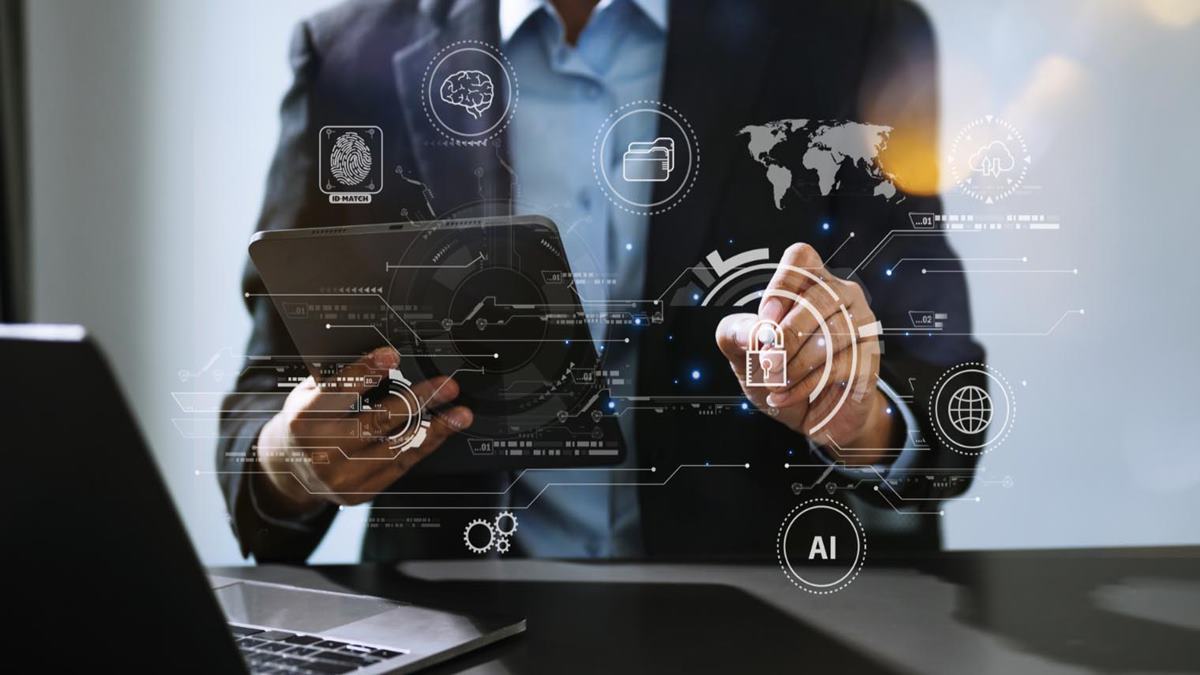THE COMPETITION for top talent now hinges as much on digital infrastructure as on compensation. Salary and benefits may open the door, but the daily experience of technology determines whether people stay. Seamless systems that remove friction and free up time for meaningful work help attract and retain top people. Inefficient or confusing tools, by contrast, create frustration and ultimately drive talent away. As companies of every size rush to integrate emerging technologies, and especially AI, much of the research and debate still focuses on familiar themes: automation replacing routine tasks, shifting job responsibilities, and lingering concerns around governance, reliability, and risk. But the conversation cannot end there. The rise of AI is not just a technical shift; it is also a test of what kind of workplace experience leaders are willing to create. Organizations that approach AI adoption as part of their talent strategy, not just their efficiency strategy, will have a decisive advantage. Lenovo’s Work Reborn research, based on a global survey of 600 IT leaders, highlights just how urgent this issue has become. Nearly half of leaders rank productivity and engagement as their top workplace objectives, yet fewer than half believe their current digital environment supports those goals effectively. The gap is clear: organizations know the digital workplace matters, but many are still struggling to deliver.
The impact of personalization
One of the strongest themes in the research is personalization. Sixty-five percent of IT leaders believe tailoring the workplace to individual needs is critical to productivity and engagement. Yet almost half admit their current systems lack the flexibility to configure tools and applications in ways that match how employees actually work. This tension is not abstract. Three people in the same role will often approach the same task in different ways. A rigid system forces them into the same mould, while a flexible and personalized digital workplace enables them to work in ways that fit best.
Younger employees, in particular, have limited tolerance for clunky systems. As Benjamin Schneider, head of workplace digital solutions sales at Lenovo, observes, “New generations entering the workplace … just have less patience, rightfully so, for not getting equipment provided on time, not getting efficient support processes, maybe not getting a choice in what device to work with and what the support model looks like.” In this environment, the digital workplace has become the front line of talent strategy. Just as a poorly designed office once signalled a lack of investment in people, a poor digital experience now speaks louder than words. As Lenovo’s Rakshit Ghura, who leads Lenovo’s Digital Workplace Solutions, notes, “Ideally, your workplace should deliver for all, and it should deliver equally. Everybody should be able to consume the workplace in the right way. And the workplace should help you do your job in the most effective manner.”
Generative AI is making this type of personalization possible on a broader scale. The survey found that 57 percent of IT leaders believe it will have a significant positive impact on collaboration, 55 percent on creativity, and 41 percent on productivity. Of the surveyed leaders, 76 percent warn that organizations that fail to empower employees with AI will fall behind within the next two years. Personalization, once a daunting prospect for IT, is now achievable through AI-enabled configuration and support. For employees, that means a digital workplace that not only functions smoothly but adapts to their individual style. For employers, it means higher engagement and stronger retention. The difference can be seen on day one. Imagine a new hire arriving to find a laptop configured precisely for their role: equipped with the right tools, free of unnecessary applications, and ready for immediate productivity. This is the promise of data-driven persona planning.
By segmenting employees according to their responsibilities and aligning technology accordingly, organizations not only reduce wasted IT spend but also create a smoother, more effective digital experience. What once seemed a too-complex hyper-personalization of the workplace is now achievable. Lenovo CIO Art Hu explains, “Ten years ago, talking about hyper-personalization would have made IT folks’ hair stand up… With gen AI, that complexity becomes manageable.”
“Ten years ago, talking about hyper-personalization would have made IT folks’ hair stand up… With gen AI, that complexity becomes manageable”
Overcoming barriers to transformation
Despite broad agreement on the benefits of gen AI, only 39 percent of organizations have started transforming their digital workplaces. The barriers are both human and structural. The immediate challenge lies in employee sentiment. Forty-two percent of IT leaders point to employee concerns that AI could reduce the value of their contributions. Thirty-five percent worry about privacy, security, and ethical risks, and 32 percent remain skeptical of AI’s accuracy. These concerns form some of the biggest barriers to adoption and underscore that successful AI integration cannot be reduced to a technical rollout alone. More than half of leaders acknowledge they lack a clear vision for how digital workplace transformation aligns with strategic growth. Meanwhile, training costs are substantial: 46 percent identified employee training on new devices and software as one of the most significant expenses, second only to acquiring new IT support systems.
Such obstacles highlight why responsibility for digital workplace change must extend beyond the IT function. HR leaders must share responsibility, ensuring employees’ concerns are addressed and their perspectives included. As Ghura observes, “Many times, we have seen this transformation is not very successful because we haven’t captured the voice of the employee while building the objectives around the digital workplace.” Long-term success will belong to organizations that treat AI not as a destination but as a foundation for ongoing progress. When leaders align the aspirations of their workforce with the capabilities of AI, they create conditions where innovation can flourish and where both employees and customers are better positioned to thrive.




